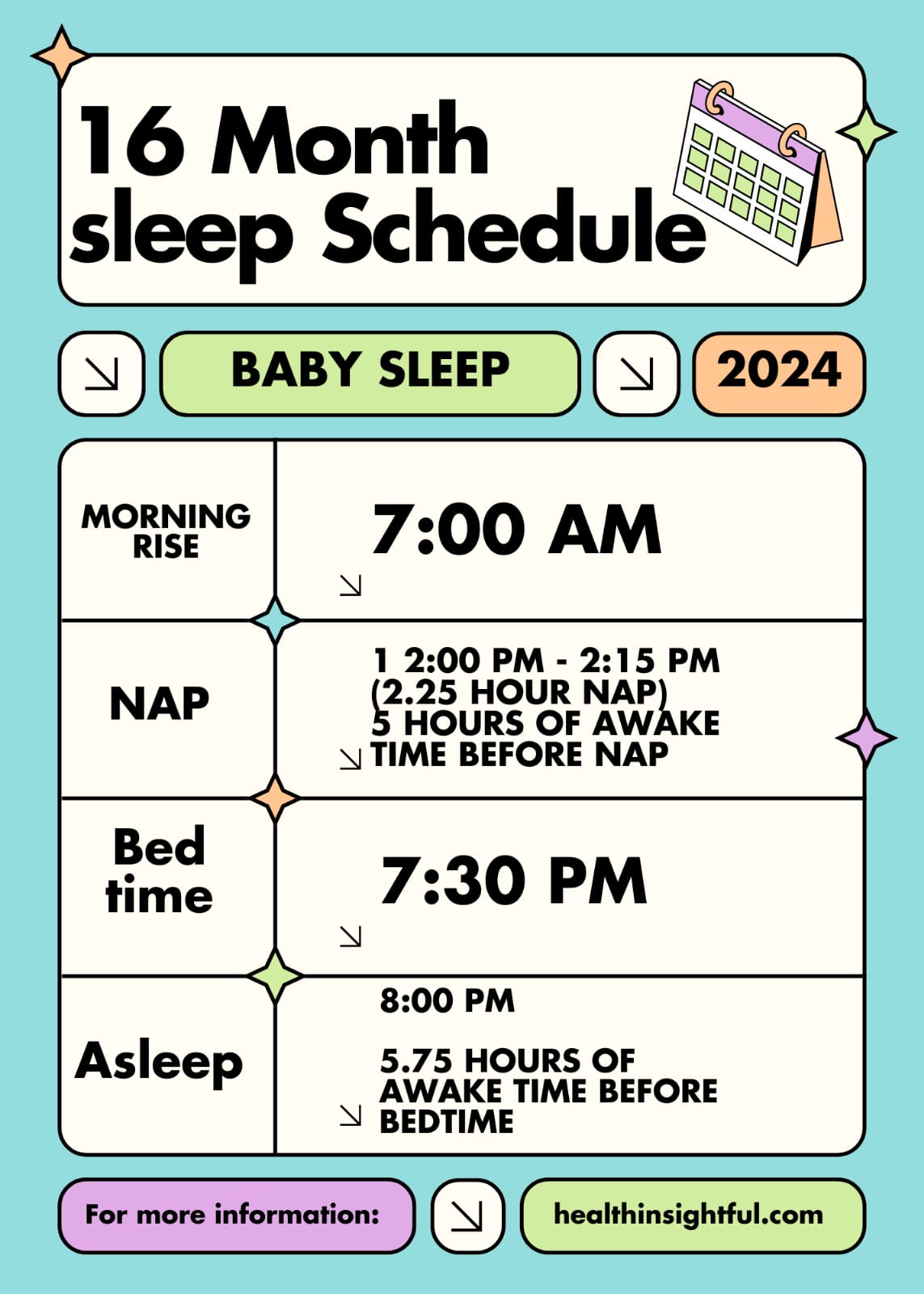Sleep is a very vital part in the life of a baby in terms of growth and development, while naps form the way they rest. The cry-it-out approach remains one of the most in-demand techniques which parents seek to help their little ones nap better. Though the technique definitely has its fair share of critics, it still remains one of the most discussed and used methods by parents to improve their child’s sleeping habits.
Here, we are going to unleash the full force of the cry it out for nap method; how it works, the pros and cons thereof, and some very handy tips on how you can apply it with aplomb.
What is the Cry It Out Method?
The CIO method is otherwise referred to as the extinction technique. It involves letting a baby cry for an unraveled amount of time before comforting. It is basically founded on the idea that following a period of crying, one’s baby can redevelop into a self-soother through falling asleep independently.
Although the CIO method has been more commonly associated with nighttime sleep, many parents have been generous in their use of it regarding nap time. The rationale behind this method is to get babies into the habit of napping with regularity and by themselves rather than get accustomed to the various forms of external ways of soothing, such as being held, fed, or rocked.

The Science Behind Cry It Out
The underlying principle of the concept of the cry it out method is that of self-soothing. In this method, one does not run to the baby with each and every wail; this lets the baby take ample opportunity in developing the skill to fall asleep on their own. This may work for good sleep in the future as they learn to associate the environment of their sleep with sleeping, and not a comforting session.
Benefits of Cry It Out for Nap
Employing cry it out for nap has numerous benefits both for babies and their parents:
Quality of sleep may improve with CIO of nap because a baby will not depend on some external conditions to fall asleep and thus will transit from one cycle of sleep into another more smoothly.
- Scheduling Naps Consistently: Infants cannot follow a routine pattern for naps, which is especially challenging during the times when infants are supposed to go to sleep and are not able to fall asleep on their own. The CIO method helps in bringing routine into establishing a nap schedule, whereby the baby-and the parents-can thus be prepared in the same respect.
- More Parental Rest: This is so because when babies learn to sleep on their own, the parents have more time to rest or attend to other chores. Minimizing stress in the parents all equates to much better for everyone.
- Development of Self-Soothing Skills: This is probably one of the major benefits of the CIO method-it really helps teach a baby these self-soothing skills. These can be helpful for falling to sleep and, eventually, might contribute to sleeping well later on.
Possible Cons with Using Cry It Out for Nap
While greatness may be present in the “cry it out for nap” method, all that shines is definitely not gold. Let the parents be informed of these beforehand so that they might adapt to the CIO process with ease.
Crying is a manifestation of discomfort, pain, or want.
- Emotional Stress: The most stressing thing for the parents is to listen to a crying baby. The theory of CIO requires some hardening of the emotional psyche as one has to let the baby cry for some time without instantly comforting him.
- Initial Resistance: This sometimes makes babies resistant to the CIO method at first, therefore making the time a baby has to cry longer. It really stresses both the baby and the parents and may require a little patience and persistence.
- Impact on Attachment: Some people are wary about the CIO method; they feel that letting a baby lie and cry without being picked up might affect parent-child attachment. However, research regarding this is not consistent, and many researchers agree that CIO, when appropriately used, does not harm the bond between the child and the parent.
- The results are inconsistent: all babies do not respond uniformly to CIO. Some quickly learn and get used to napping alone while other babies may remain poor nappers even after using CIO for a number of weeks.
How to Use Cry It Out for Nap
If you determine that the cry it out for nap approach is best for your family, then, foremost, you definitely need to have a clear plan of attack with realistic expectations. Here are some very practical ways you can effectively employ CIO:
- Timing: Timing is everything when you start the approach. Make sure the baby is at least 4 to 6 months old. During this younger phase of life, infants are not mature enough developmentally to find ways of self-soothing. Also, do not initiate CIO at a time when the baby is undergoing changes or stressors because CIO may increase the likelihood of arousals. In this regard, one should not even try to initiate it at such times as teething pains, in case of illness, or even change of residence.
It needs to be soothing, like at bedtime, and gives the signal that sleep is drawing near. Simple things include reading a short book, a lullaby song, or turning off the light. It helps the baby understand that it is soon going to be his time to catch a nap if such a constant routine is developed.
- Set Time Limit for Crying: You have to determine precisely after how much time you are going to let your baby cry before interfering. Common variants start with either the 5-, 10-, or 15-minute time interval. The moment the set time is up, you check on the baby promptly to reassure them without picking them up or soothing them in full.
- Go Gradually Increase the Intervals: Over successive days or weeks, gradually increase the time intervals between the checks until your baby gets used to falling asleep on his/her own. This is reassuring during the transition period.
- Be consistent: That is, in fact, the whole point of the CIO method. Stick with it, even though the first few nights are tough. Inconsistency in the way they react only confuses a baby, which prolongs a sleep-training process.
Follow your infant’s development with CIO. In case your infant gets better at sleeping on their own and longer too, then you can continue. In case your infant stays rhetorical for several weeks, you may need to change your tactics or ask for advice from either the pediatrician or the sleep consultant.

Alternative to Cry It Out
If it feels wrong to cry it out for naptime, or if it simply doesn’t appear to work, there are other methods of sleep training you can consider:
- The Ferber Method: This works like CIO, but the check-ins and comforting during intervals of crying happen more frequently. This can be somewhat easier on families.
- The Chair Method: this is another technique whereby you sit next to the baby’s crib in a chair and then, over time, you move the chair further and further away until he can fall asleep without you being in the room.
- No Tears Method: This is a method wherein instantly, the moment your baby cries, you attend to him or her with the aim of soothing them through rocking, feeding, or patting until they fall asleep.
- Fading: Gradually reduce the number of times spent in putting the baby to sleep at night until such time they could learn falling asleep without one’s help.
Conclusion
This, in turn, makes the CIO for nap a very effective way of helping your baby learn independent napping and, consequently, work toward better sleep for the baby and the parents. Inversely, this technique will demand patience, consistency, and an understanding of the peculiar needs of one’s baby when trying to apply it. Most parents consider CIO to be a successful tool in their journey of sleep training; where there is considerable drawback, one considers possibilities.
If you use the CIO, remember that all babies are different, and what works with one may not be working with another. So be flexible and open to changes in ways best suited. And above all, trust your instincts on what is going to be best for your baby and for your family.










